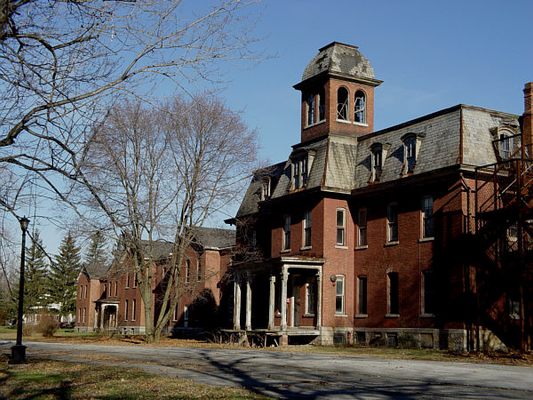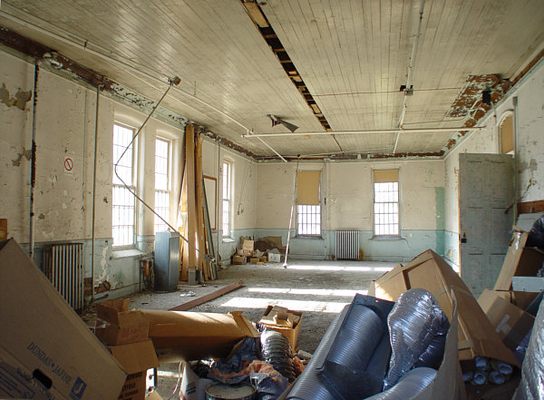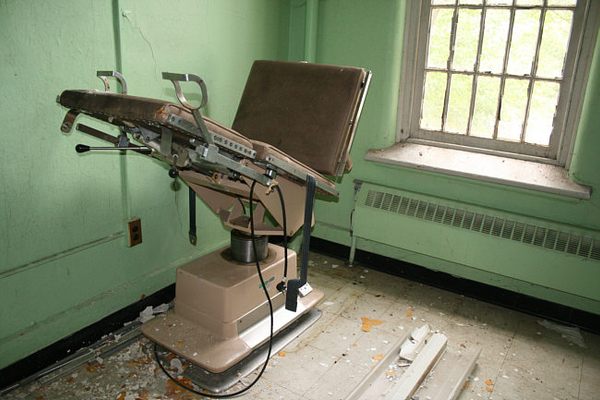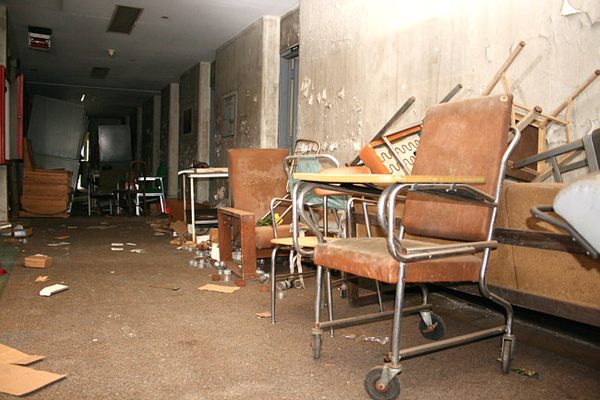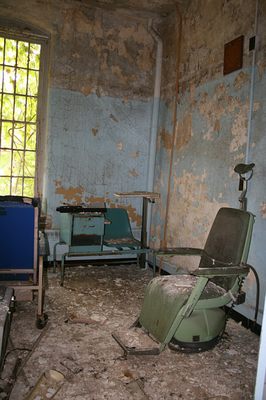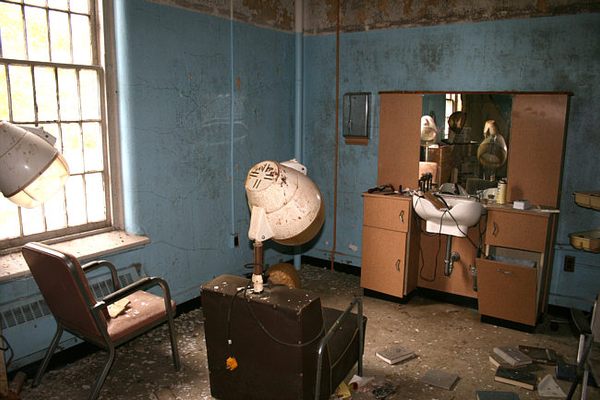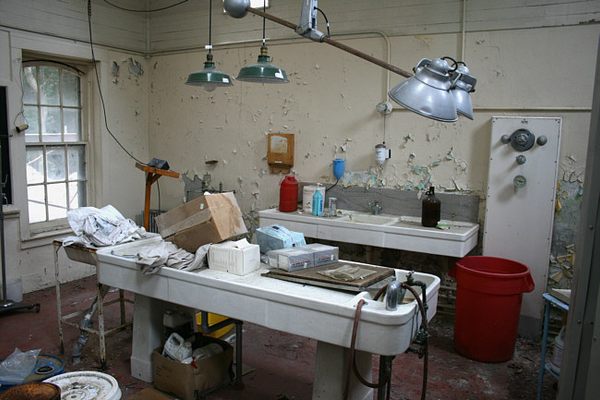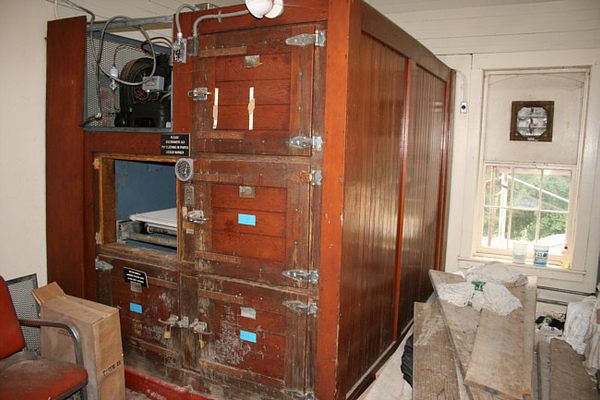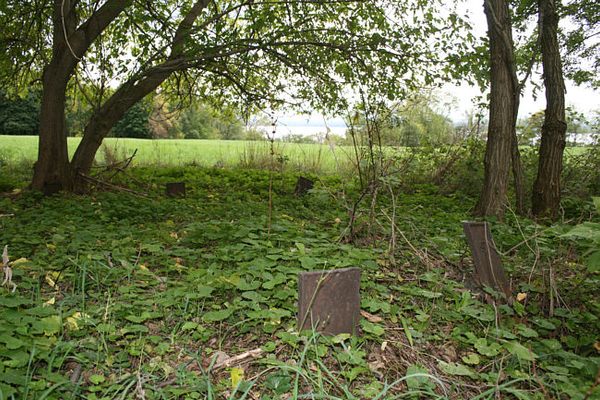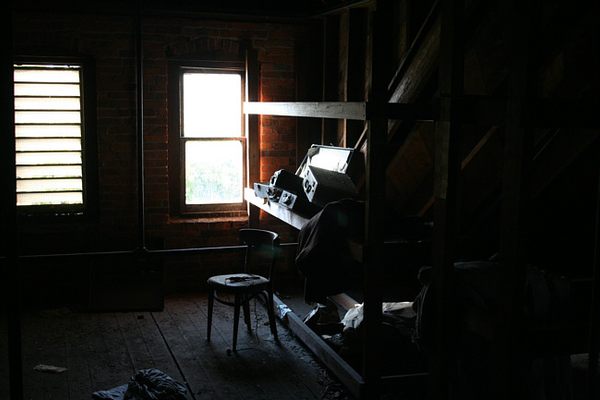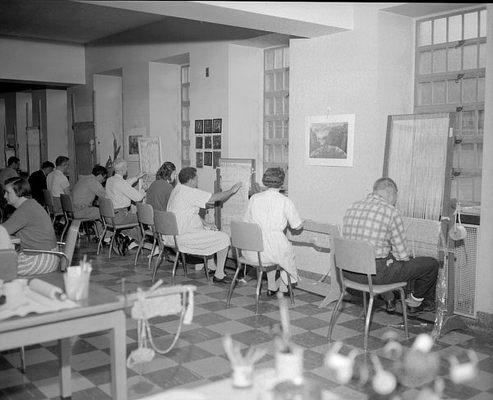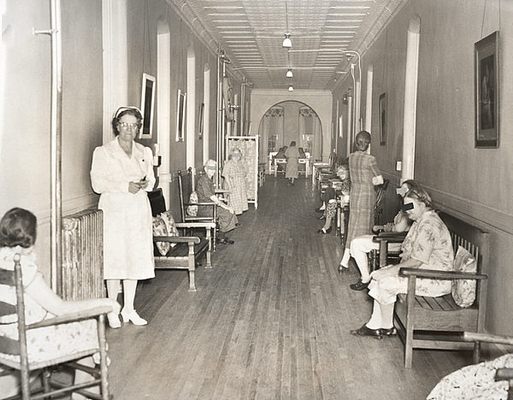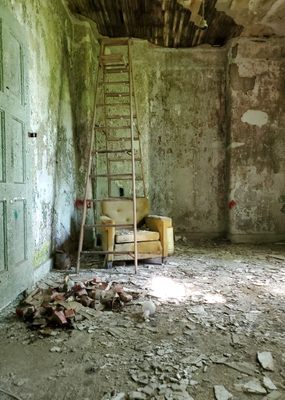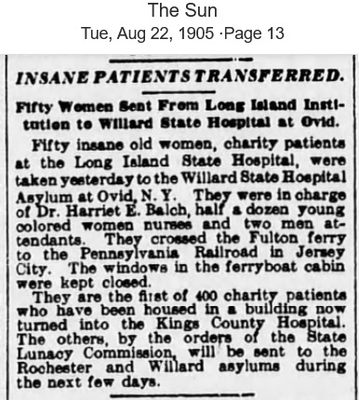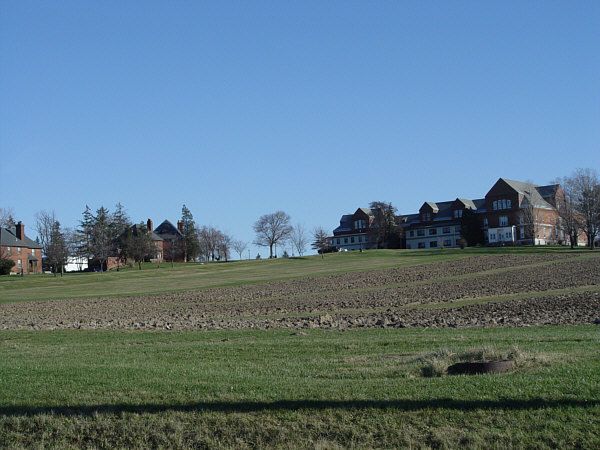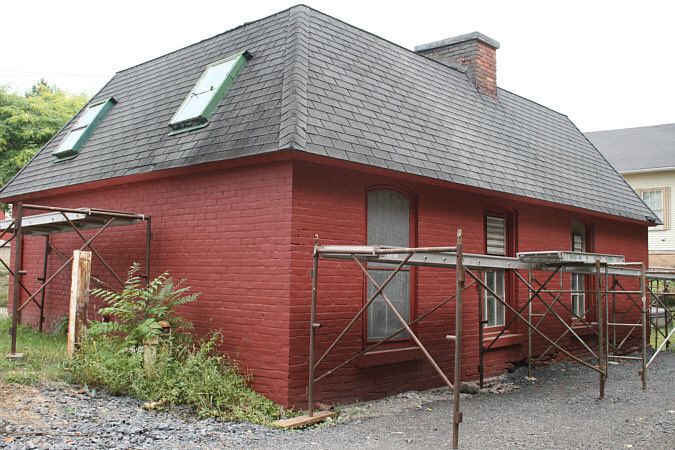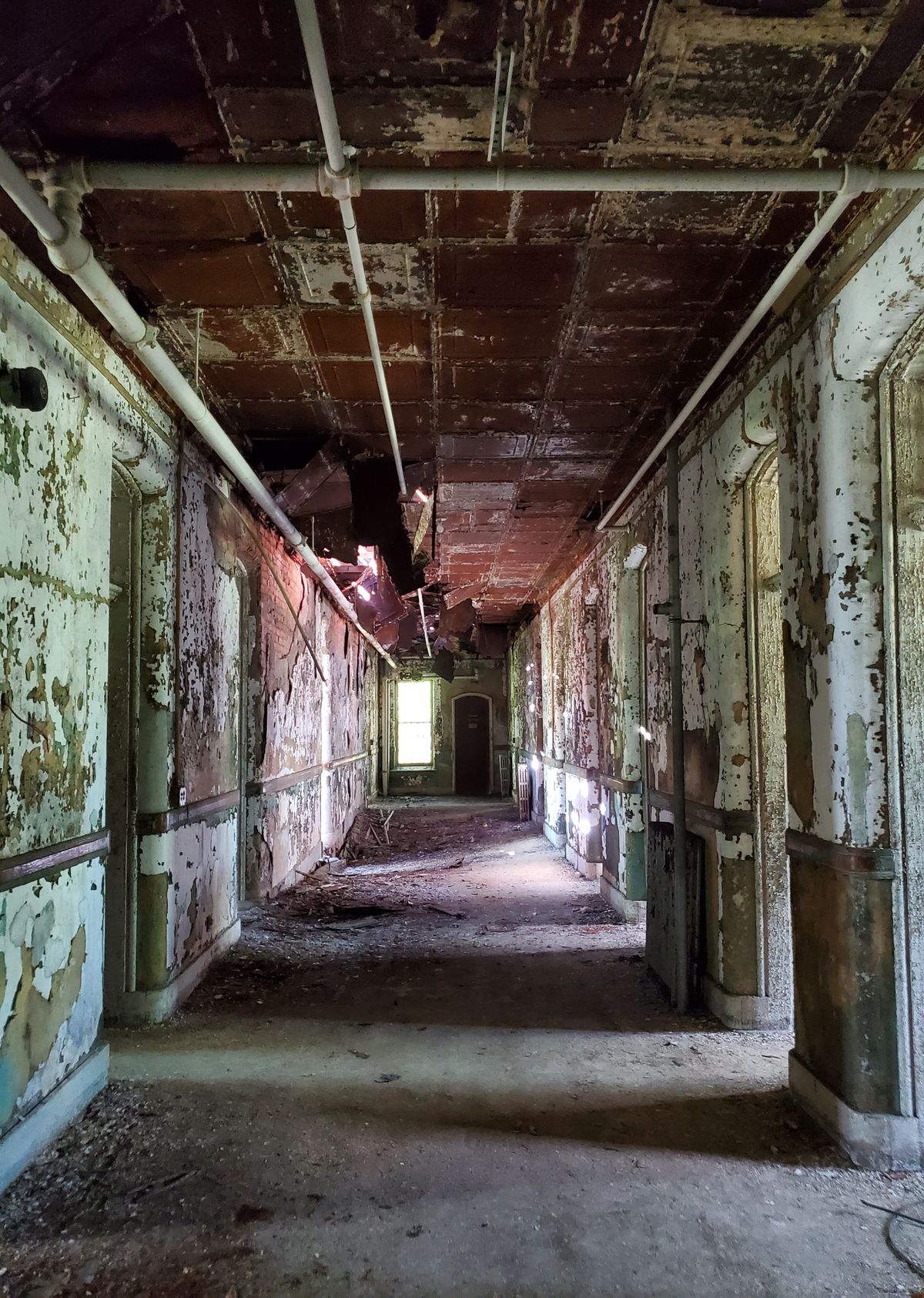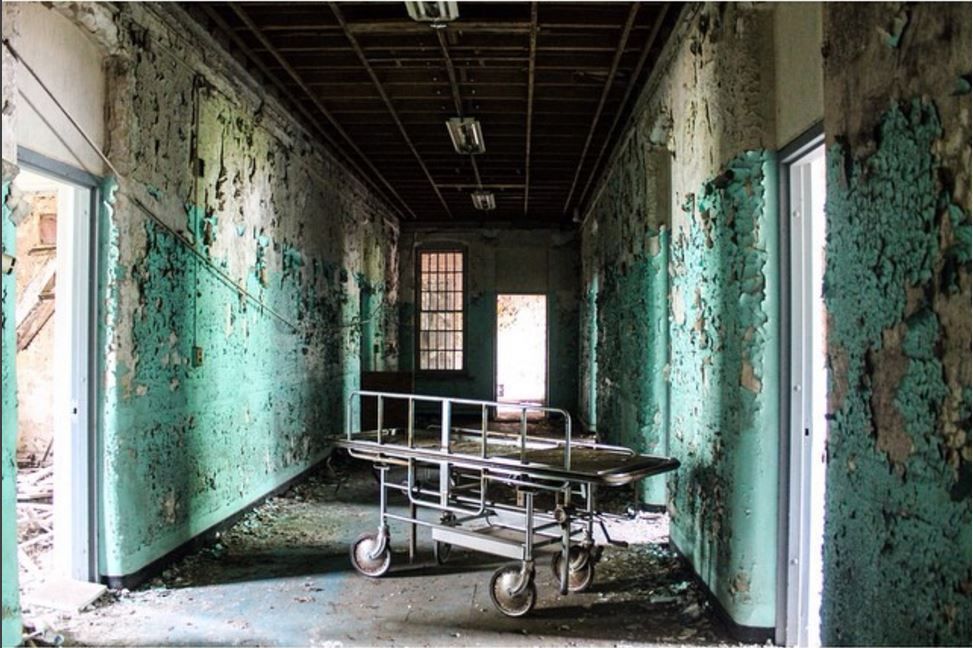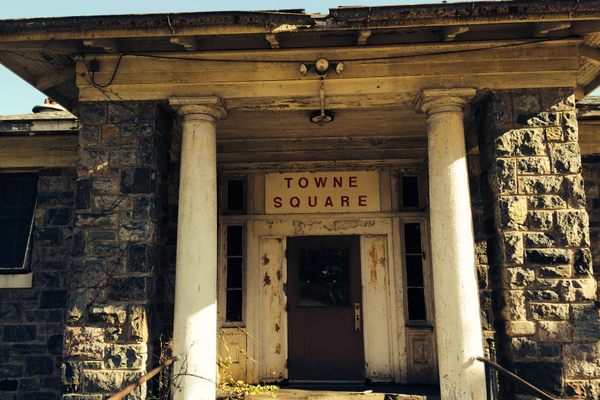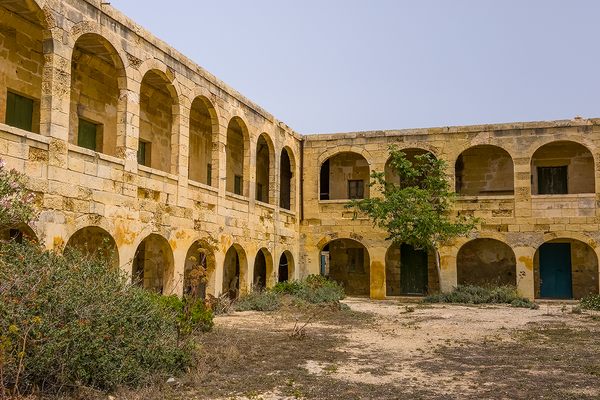About
The stately Victorian buildings may be falling to pieces, but the contents inside them betray a lot about the sometimes happy, sometimes tragic lives of patients at Willard Asylum for the Chronic Insane.
Though asylums often carry connotations of dark and torturous existences, Willard and other institutions like it were intended to be a better alternative to systems in place for taking care of the mentally ill. In the early 19th century, those without anyone to care for them and incapable of taking care of themselves were left to almshouses (basically shelters) which were overcrowded and under resourced. In response to these squalid conditions, New York's Surgeon General Dr. Sylvester D. Willard proposed a state-run hospital for the insane. Abraham Lincoln himself signed off on the proposal a mere six days before his death.
Willard welcomed its first patient in 1869. She was a woman named Mary Rote, described as "demented and deformed", who had spent ten years confined to an almshouse. The theme of horrific neglect would follow in patients admitted later. One girl had been shackled in a cell since childhood, another patient arrived at Willard in a chicken crate. The dreadful situations patients were arriving from coupled with the lack of understanding of mental disability meant that Willard essentially became a dumping ground for undesirables. Patients' afflictions ranged from severe mental and physical handicaps to "nervousness", "chronic" to "acute" insanity, "feeblemindedness", and "lunacy."
The asylum was built in the same style as many other Victorian institutional facilities. The campus was divided between a women's side and a men's side with a violent end and a non-violent end. Administration buildings sat in the middle. The land had originally been designated for agricultural purposes, so the hospital ran its own farm with crops grown and tended by patients. Patients were unconfined, able to walk about as they pleased (though unable to leave the premises). There was a bowling alley, a movie theater, and a gymnasium, and patients took part in camp-like activities like sewing classes. It was still a hospital though, and there were entire buildings devoted to treatments like electro-shock therapy and ice baths, as well as operating theaters and a morgue. A cemetery on the grounds features markers with numbers, no names, for the thousands buried there.
After Geraldo Rivera's 1972 expose on the deplorable conditions at Willowbrook Asylum, numbers in large institutions declined sharply. Willard Asylum discharged its final patient in 1995 and shuttered its doors for good. Now some of its buildings are used as training facilities and dormitories by the Department of Correctional Facilities, which maintains the grounds, but many of them have been left to rot for so long that they are totally unusable. In these, asylum life has been preserved in the artifacts left behind by staff and patients.
If you've heard of Willard Asylum, it's probably because of the suitcases. A cleaning person stumbled upon hundreds of dusty suitcases in the attic, brought by patients upon their admittance to the hospital. They contained mementos that piece together a bittersweet picture of their owners, who were identified on handwritten luggage tags: Earl B. brought a newspaper clipping on a "Smuggling Plot"; Virginia W. brought a clown doll. The patients died at Willard, and their personal effects went unclaimed anyone outside the institution. The staff, apparently unable to throw them away, meticulously stored and catalogued the suitcases in the attic. The Willard Suitcase Project now compiles information on the owners of the suitcases. Photos of the luggage, carefully packed by the inmates and their families, indicate they believed they were just passing through.
We simply didn't know what to do with these people who could not fit into the social norms of the 19th century, so they were often shelved away into institutions. Though the people who lived and died at Willard have faded into the tapestry of history, their belongings left behind at the abandoned asylum boldly assert their existence.
Related Tags
Know Before You Go
The asylum's land is now owned by the Willard Drug Treatment Campus, which is hesitant to allow tourists on its premises for security purposes. Annual walking tours of the asylum have been available in the past, but no future tours have been announced.
Community Contributors
Added By
Edited By
Published
September 20, 2016
Sources
- https://inmatesofwillard.com/
- http://exploringupstate.com/willard-asylum-ovid-ny/
- http://www.suitcaseexhibit.org/index.php?section=about&subsection=suitcases
- http://www.asylumprojects.org/index.php?title=Willard_State_Hospital
- http://www.asylumprojects.org/Willard.pdf
- http://www.urbanghostsmedia.com/2015/01/willard-asylum-for-the-insane-abandoned-hospital-suitcases/
- http://nysasylum.com/willard/index.htm

